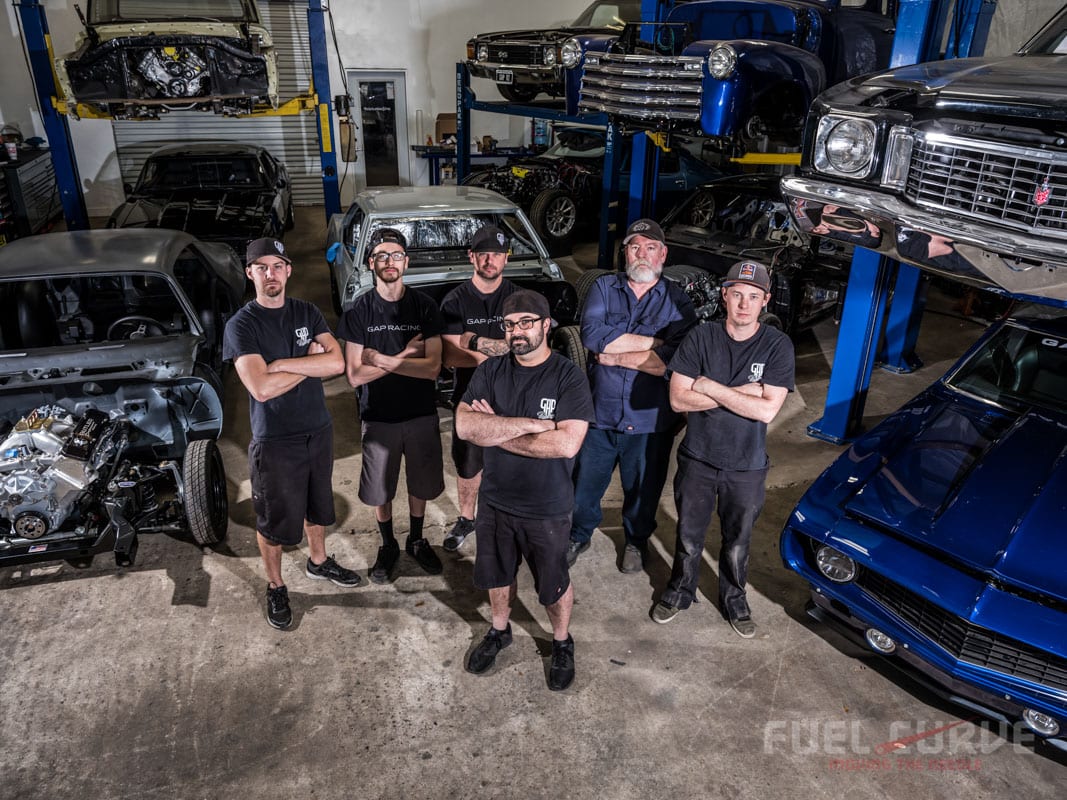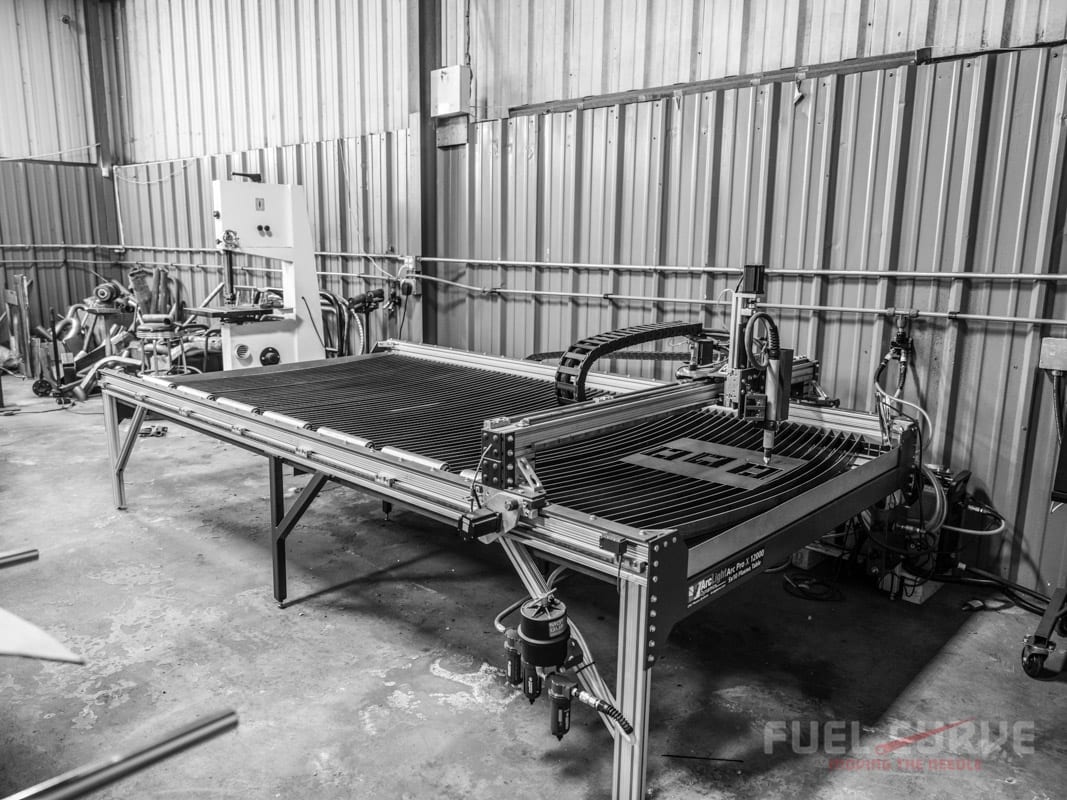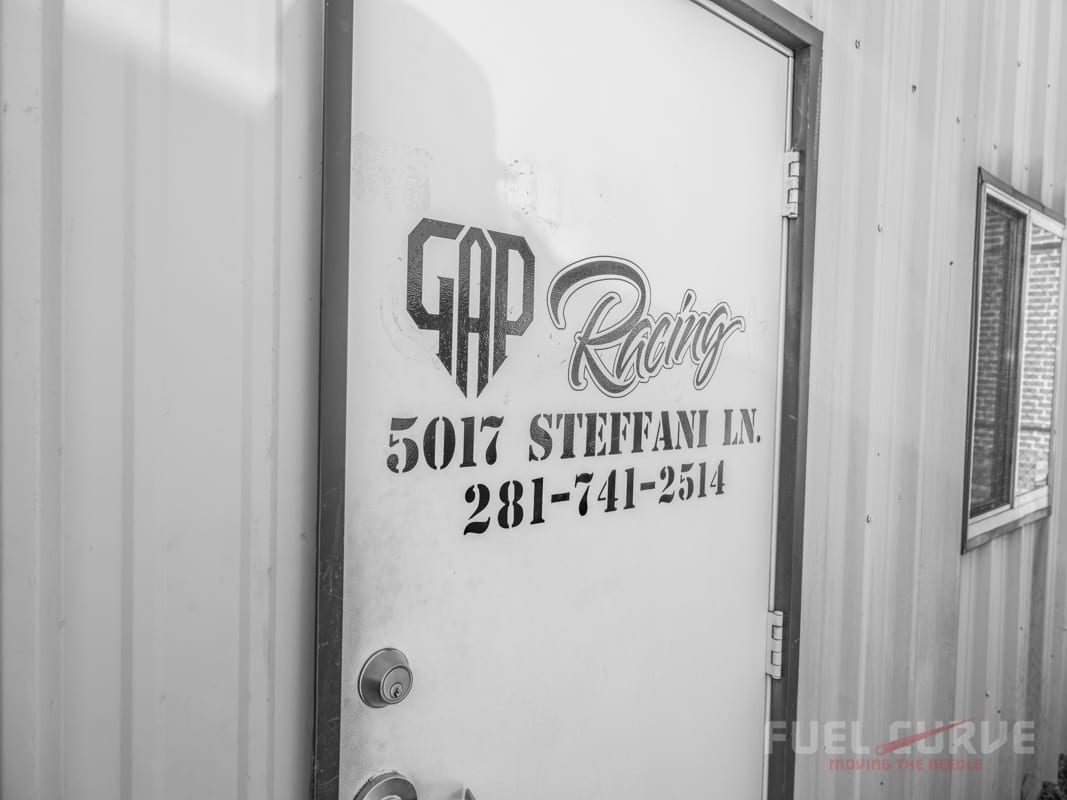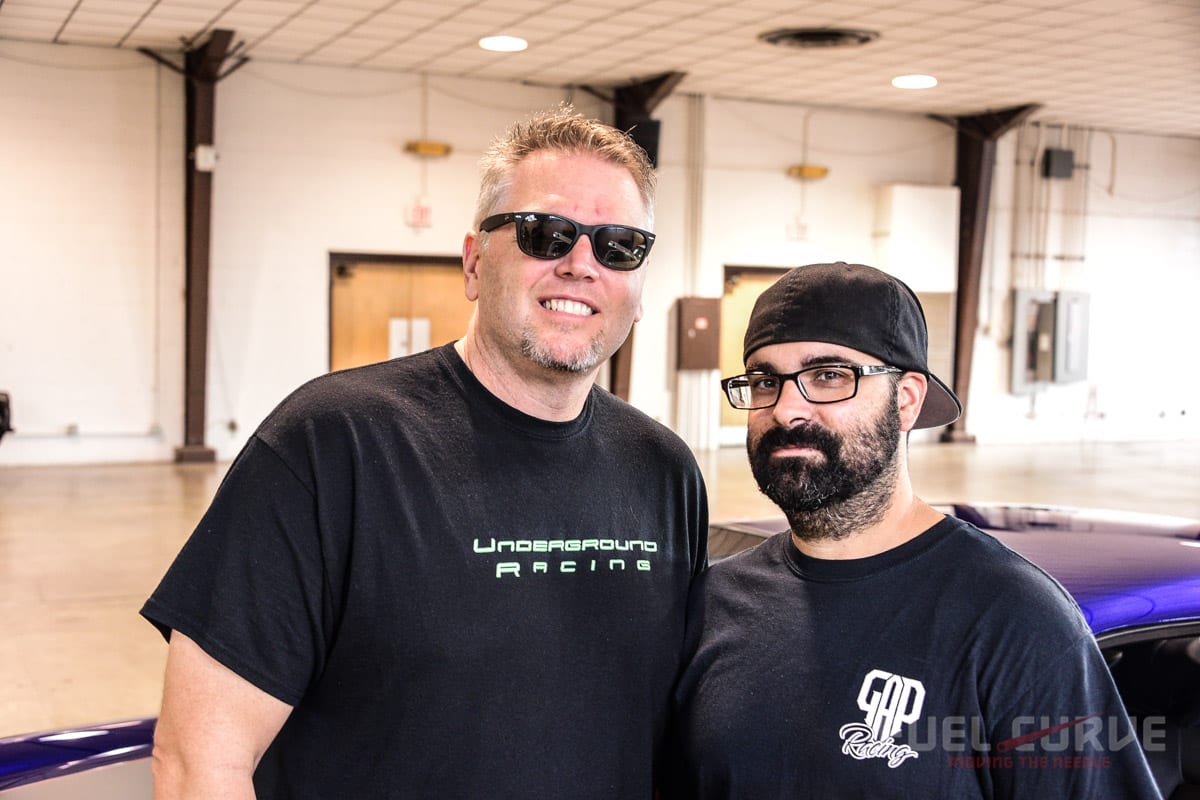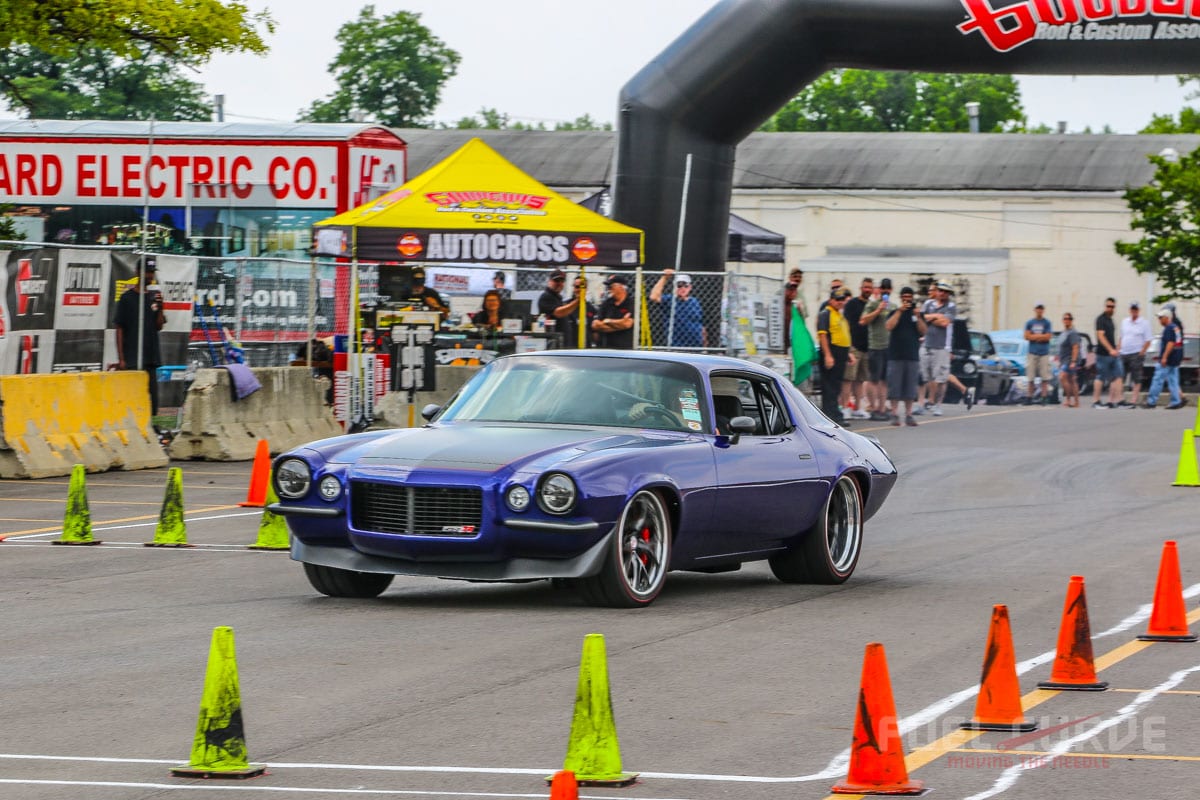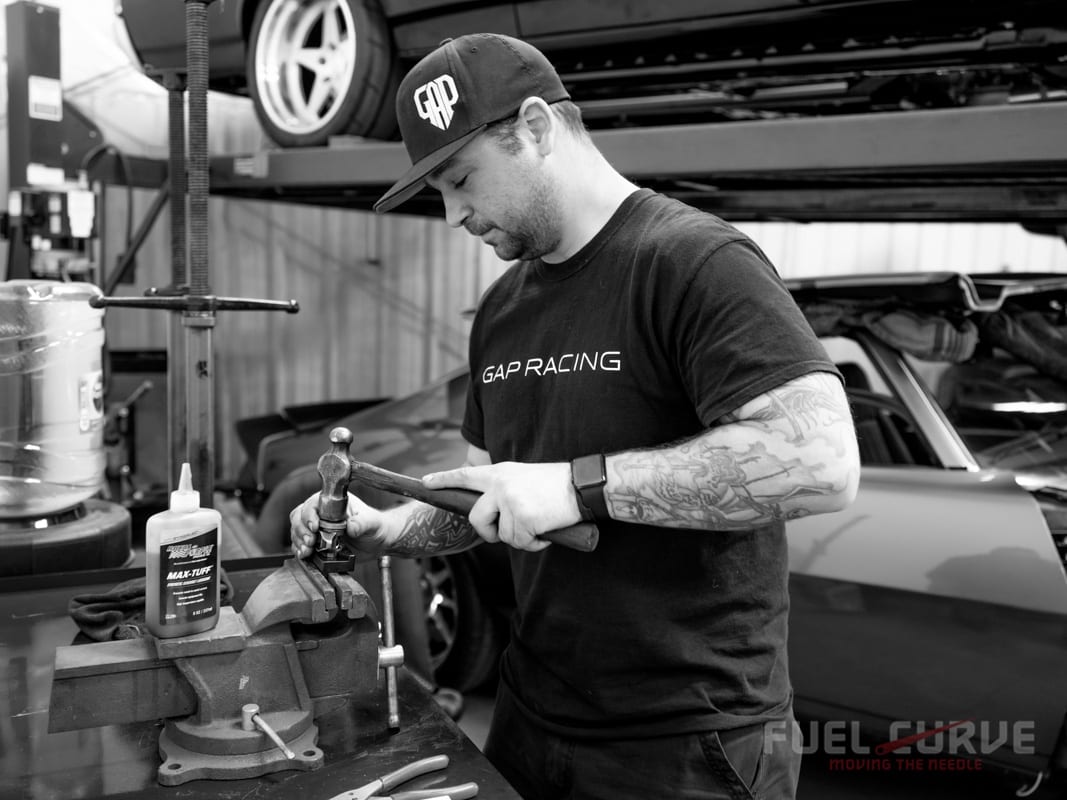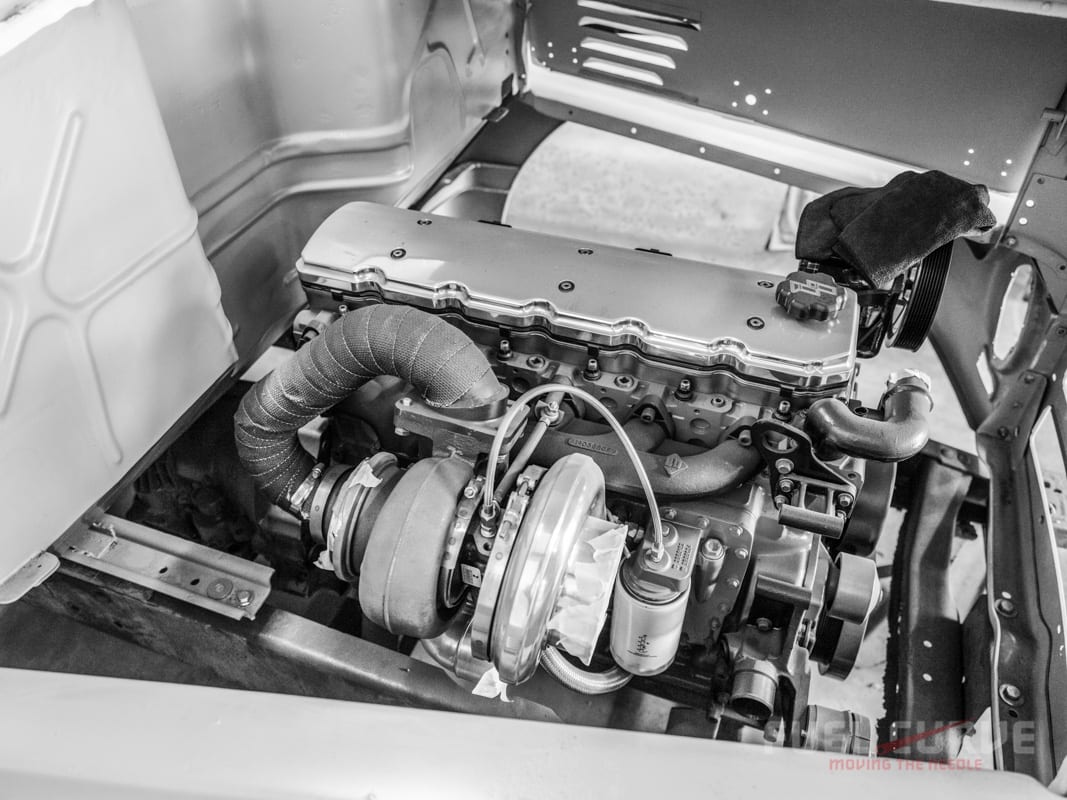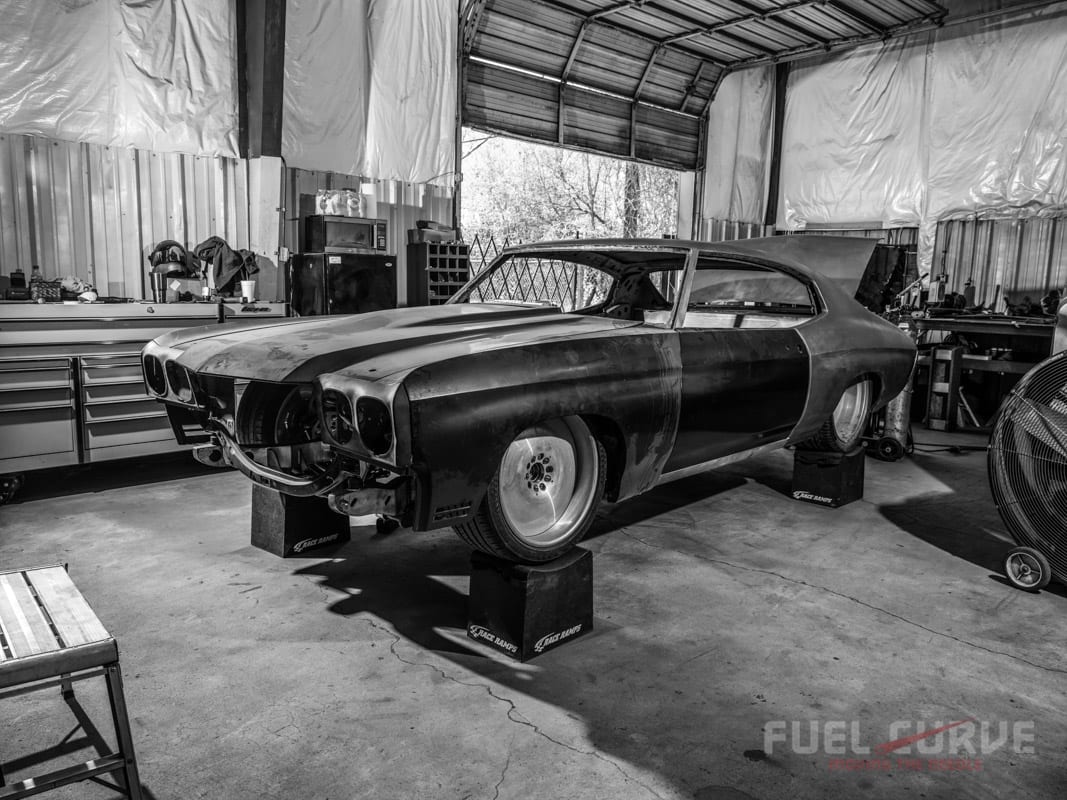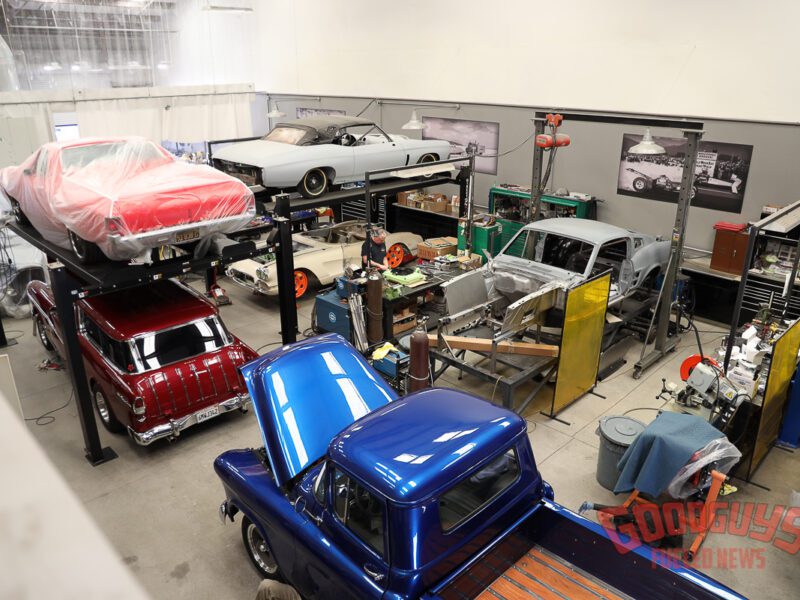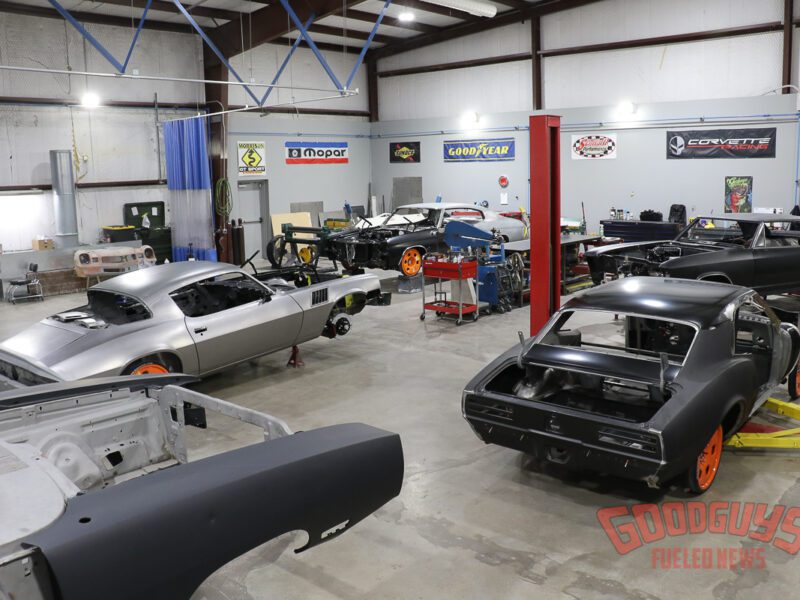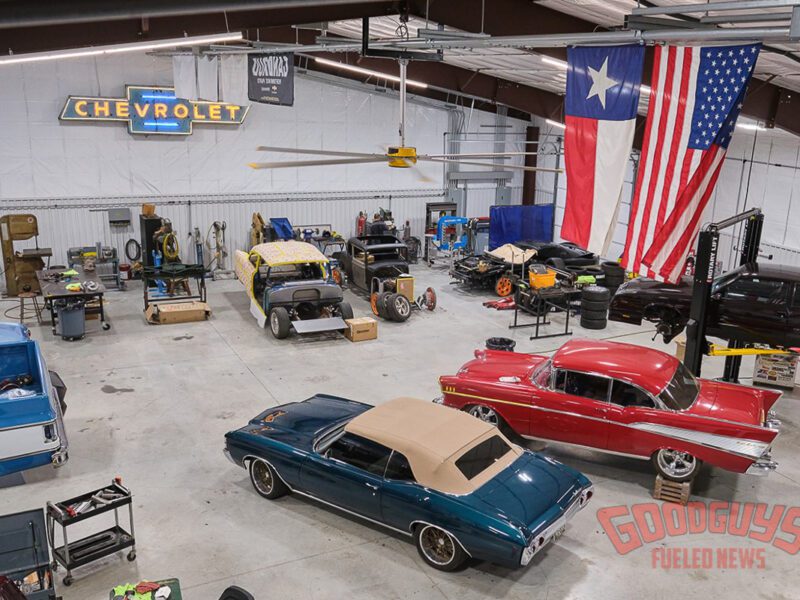GAP Racing – Small Shop, Big Power, Serious Style
GAP Racing may not be the biggest shop in Texas but they’re one of the best in the Lone Star State at hand crafting hi-powered, modernized muscle cars and hot rods.
GAP Racing was formed by George Palazzolo in 2007 at the urging of a close friend and fellow hot rodder. George supported his family for years as a general mechanic while working on his own classic cruisers as well as many friends’ rods in his spare time. “My dad always had cool cars around while I was growing up,” his son Tim explained. “He had a couple first-gen Camaros, G-body El Caminos and others, so I got the bug early on. When I was about 11 he had a ’67 Nova which was the first car I remember really working on with him and thinking about how cool it was.”

George was finally convinced to give the hot rod shop idea a go and started doing repairs and builds in his personal garage. Within a few months he moved into a small building as more work started to come in. At the time, he stuck to upgrades and mild modifications such as installing A/C, engine swaps, wheel tubs, and mechanical work.

While George was launching GAP Racing, Tim would help out in the shop after wrapping up a day at his corporate gig as a regional trainer with O’Reilly Auto Parts. Things were getting busy at the new shop and Tim was faced with a major decision – continue on at O’Reilly, where he had more than 10 years invested, a solid paycheck, benefits and a corporate ladder, or take a chance to work with his pop and build hot rods.
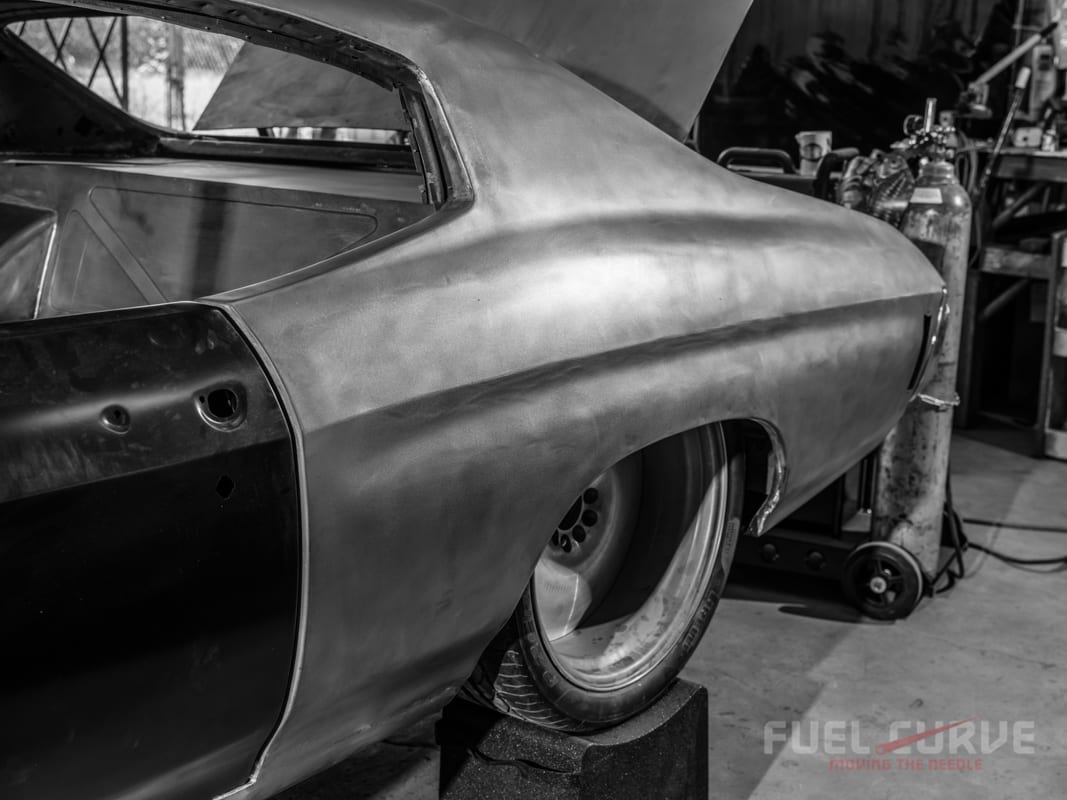
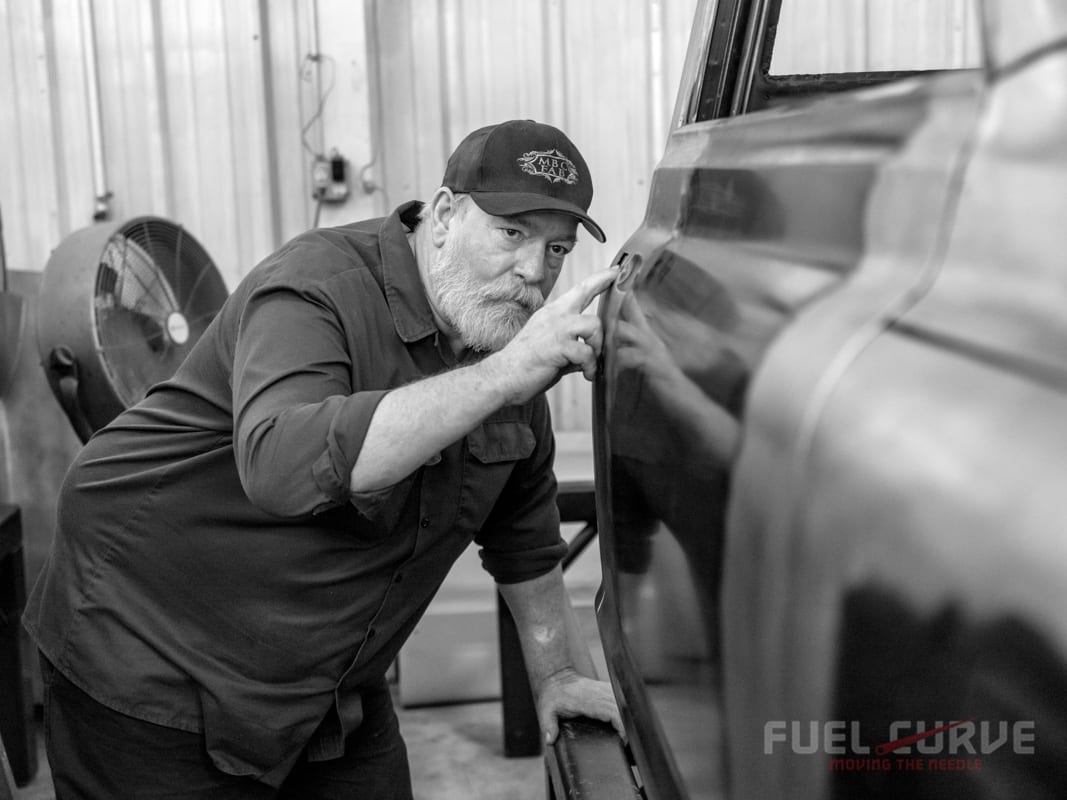
Today, GAP Racing has developed into a full-tilt muscle machine and hot rod shop with scores of accolades from builds such as the Stampede ’69 Mustang, which was a Great 8 finalist at the Detroit Autorama, and more recently the Enigma ’71 Camaro, which received a GM Design Award at the 2016 SEMA Show before becoming the Goodguys 2017 Griot’s Garage Muscle Machine of the Year. That’s quite a list for a shop that has been doing full builds for a relatively short time.


It also makes sense that muscle cars just happen to be central to the way GAP Racing likes to build cars. “We like vehicles to be low and ride on some 18s or maybe 20-inch wheels. We also like them to have big horsepower,” Tim said. “Modern suspension is key to using all of that power, and then we want to deliver cutting-edge details.”
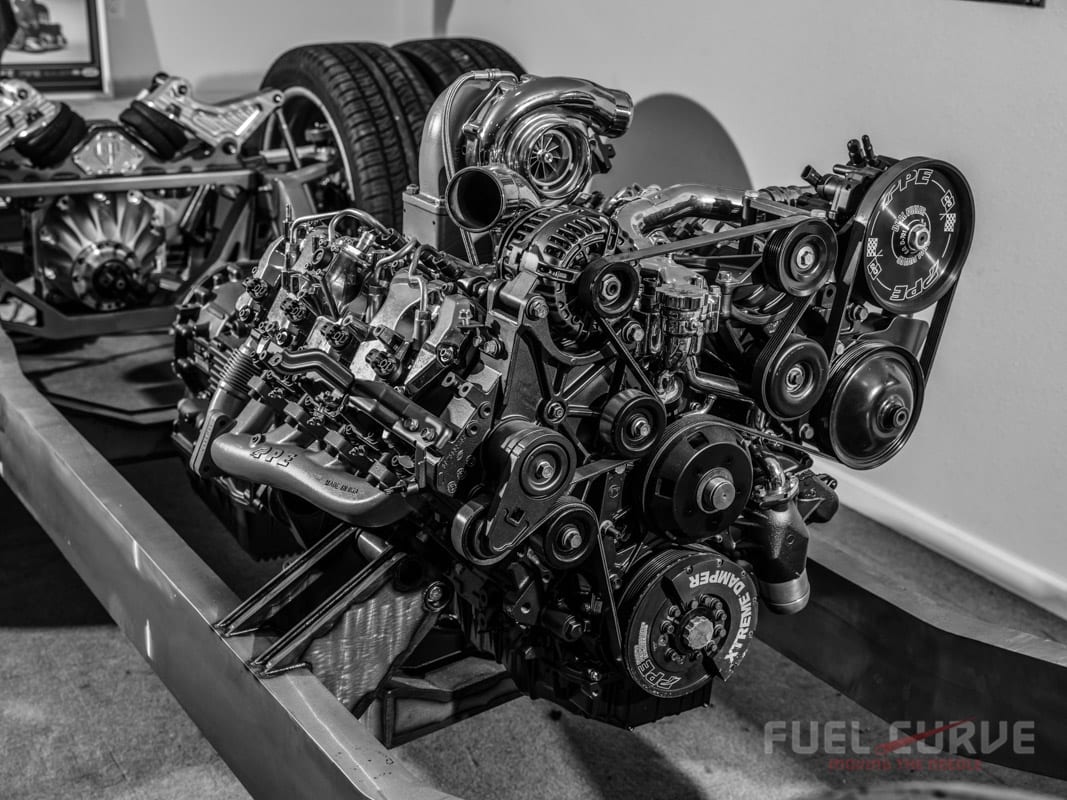
By details, no stone is left unturned – or in this case, no retainer is left unturned or improved upon. Tim likes to see subtle custom touches, from the dash bezel to hidden switches and panels. The team will move things to where they function better in order to streamline the classic form of a muscle machine into a modern version. Tucking and trimming bumpers, flush-mounted glass, reworking panel gaps to precision tolerances – it’s all about refining the vehicle without disrupting its original design.
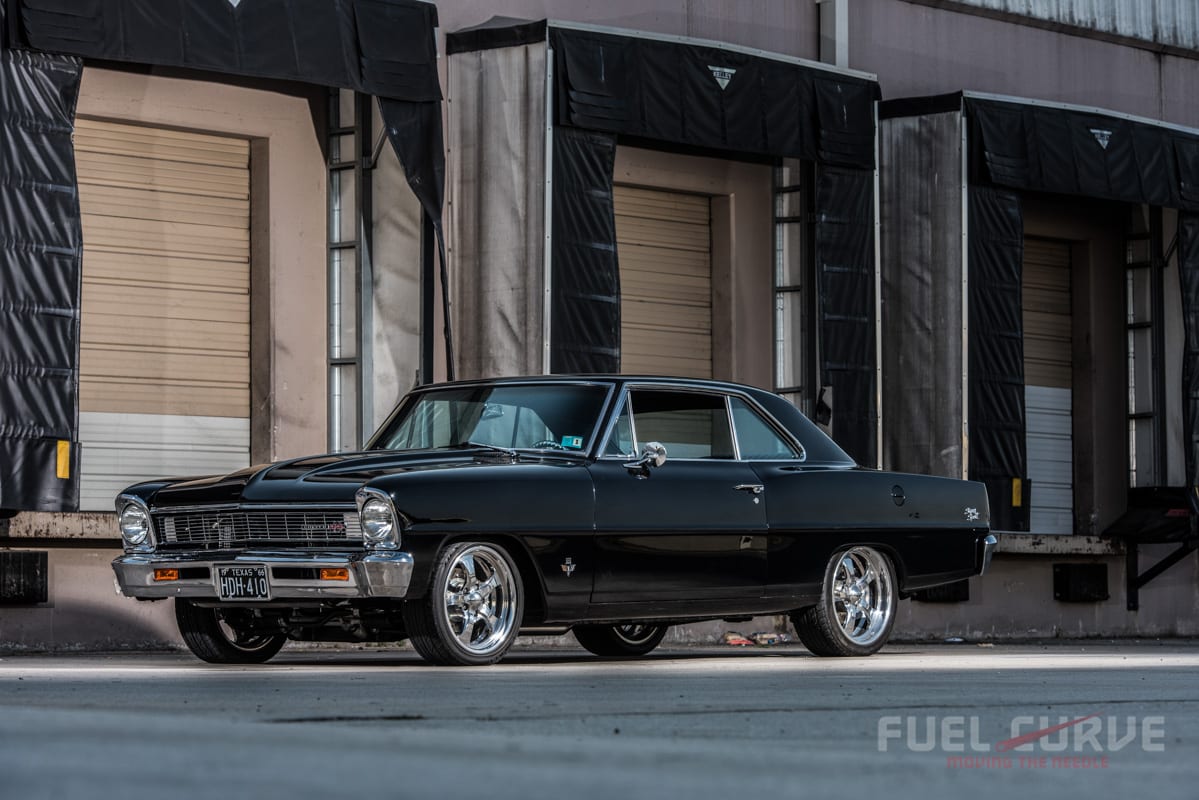
The past decade has been a whirlwind as GAP has transformed from a father-and-son startup into a genuine force in the hot rod builder market, and there is no slowing down on the horizon. Tim is closing in on new land to build a larger building, with plans to put in a paint booth so the shop can have better control of projects from artist rendering to finish. He cautioned that they need the space to spread out their work areas and planned to continue to focus on quality over quantity, rather than taking on more craftsman and projects. He’d still like to take another run at a Ridler or an AMBR contender, simply to be a part of it all.
“Growing up I admired everything that Foose, Troy Trepanier and even Boyd created and accomplished. Today my peers are some of the best builders, like Jonathan Goolsby and Andy Leach, and what’s better is that we’re all friends,” Tim said. “They have so many unique concepts and ideas that it’s great to see what they’re doing next – and it’s so cool that we get to compete on the same stage with them.”
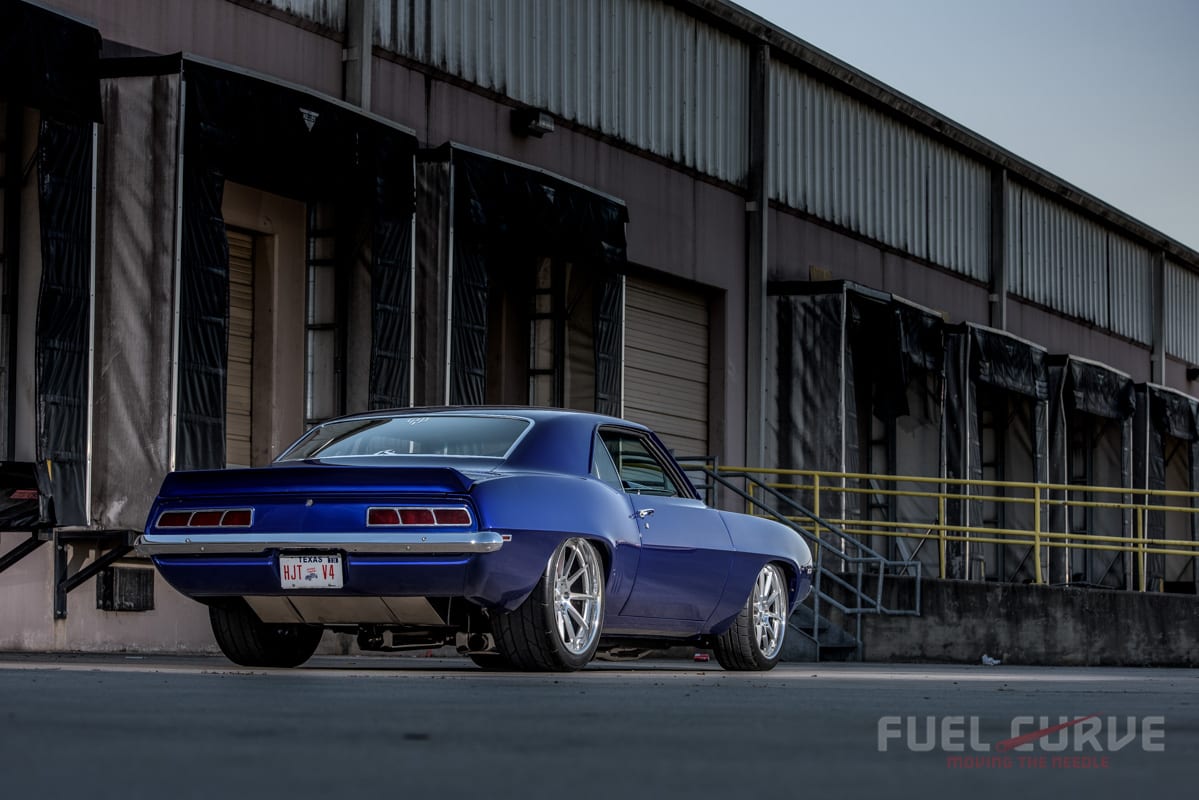
For the new building, Tim also recently acquired a chassis dyno that will be useful in getting the shop’s high-powered builds tweaked and programmed just right. It should also be handy in helping a lot of regional street rodders get their carburetors and traditional engines dialed in. It’s not all high-end builds and one-off parts, though. The GAP team still likes to help out on smaller jobs, including everything from installing air conditioning to suspension upgrades, mini tubs and more. Everything a hot rod shop should offer and more. We’re looking forward to seeing the team’s latest ’70 Chevelle at SEMA, as well as whatever else Tim and the GAP Racing crew roll out of this little ’ol Texas shop.

